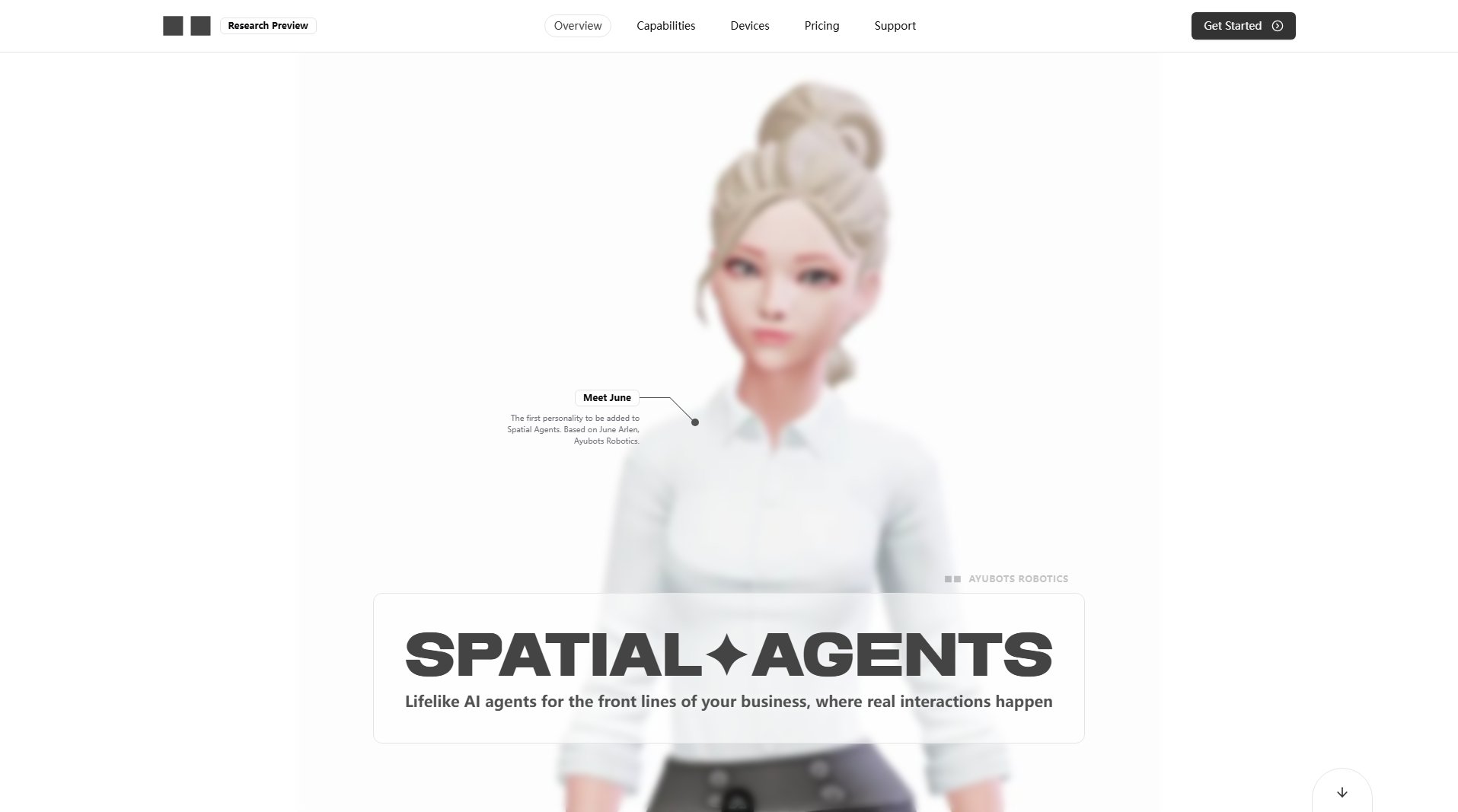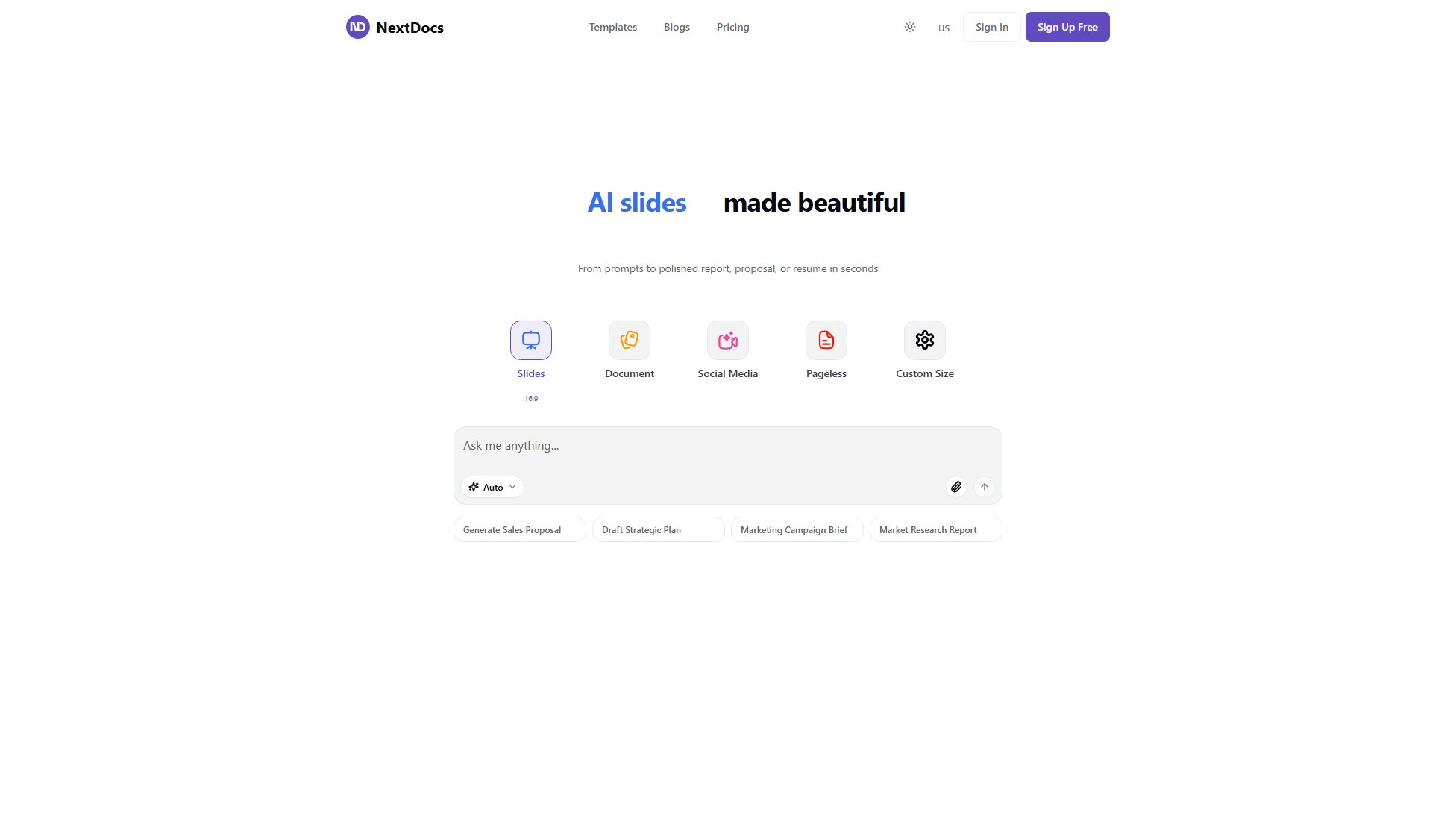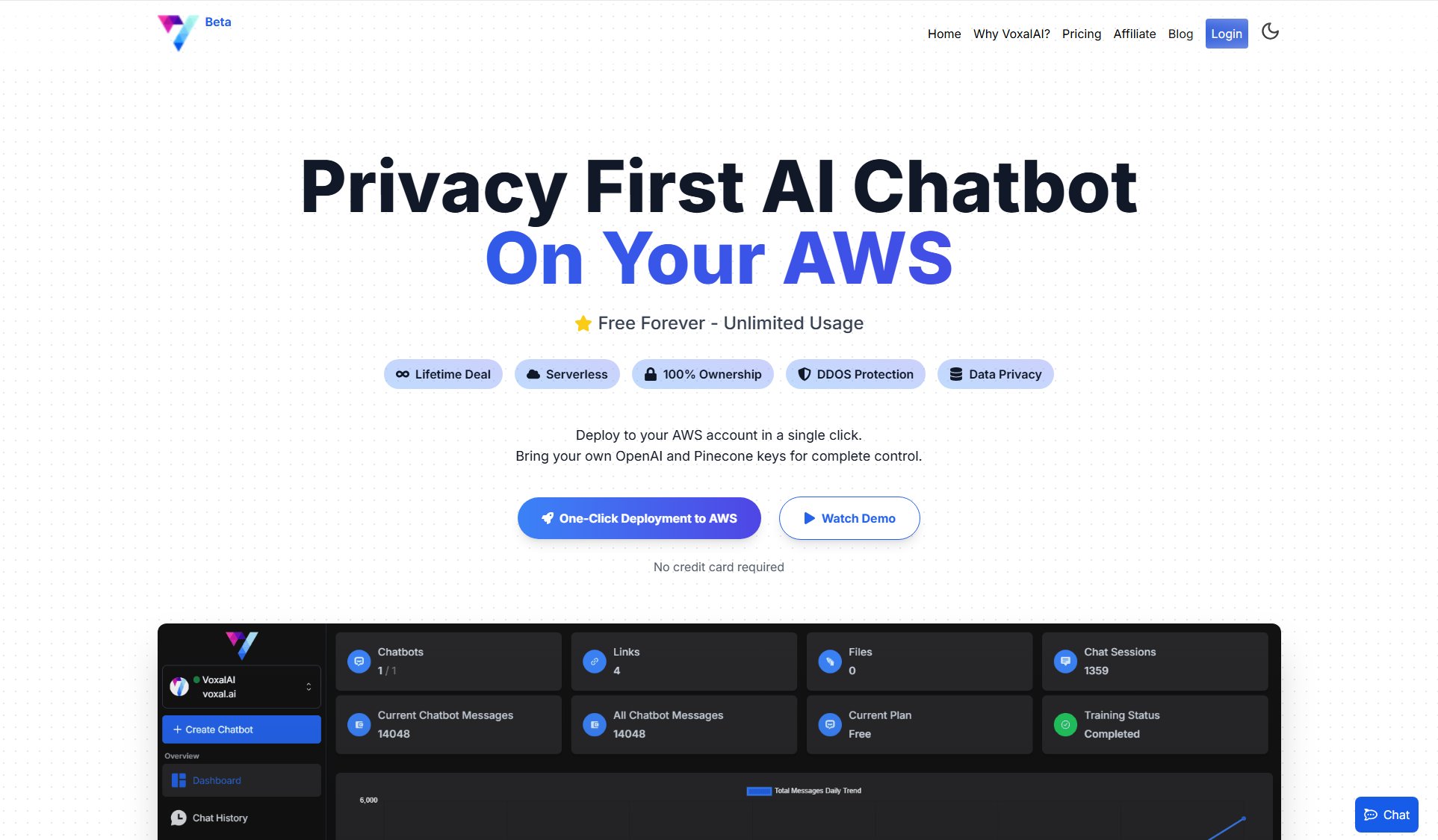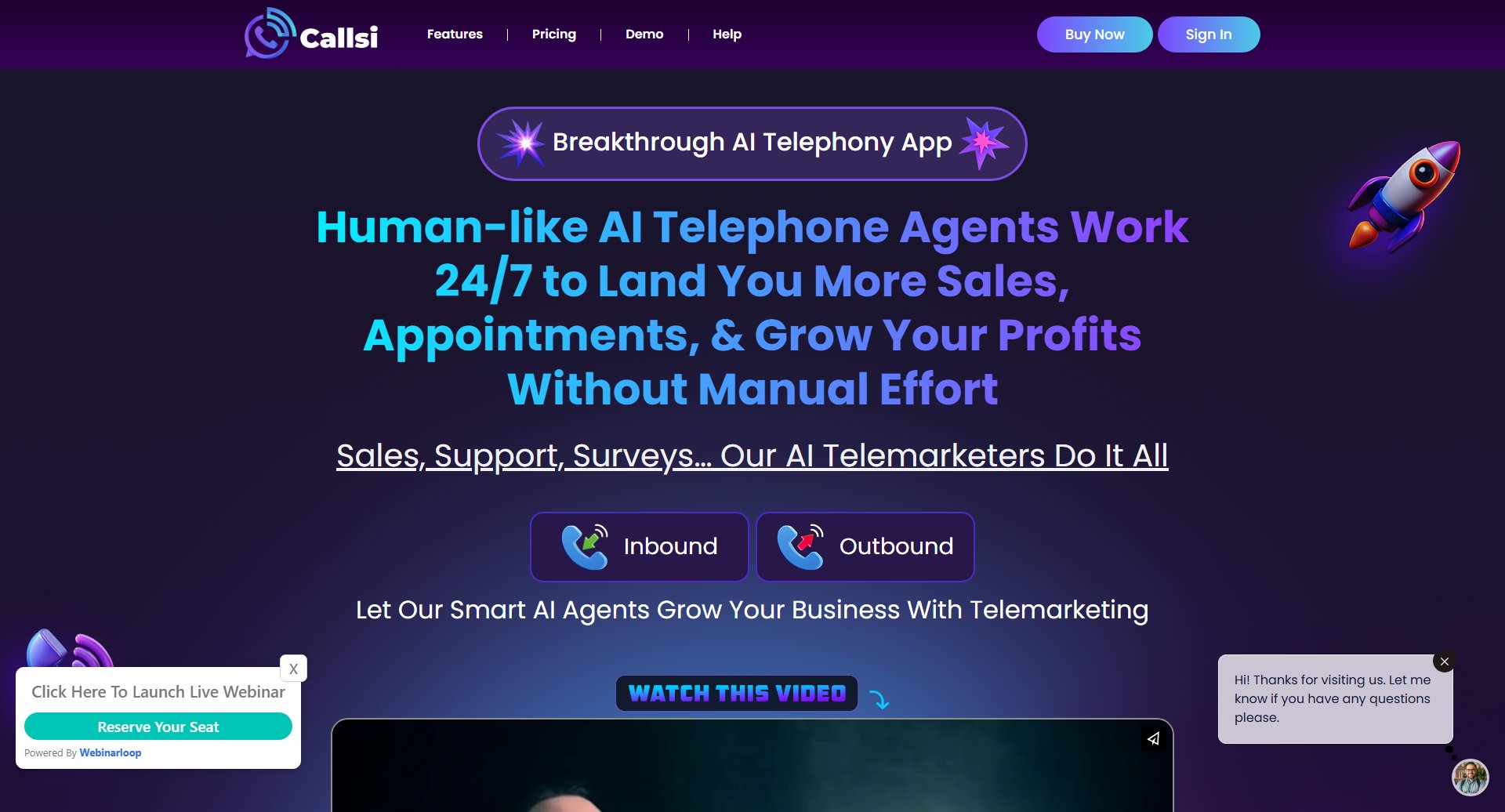Spatial Agents
Lifelike AI agents for real-world customer interactions
What is Spatial Agents? Complete Overview
Spatial Agents by Ayubots Robotics are lifelike AI agents designed for customer-facing roles in various business environments. These agents provide a perfect balance of realism and expressiveness, making them ideal for roles such as receptionists, product experts, help desks, and guides. They are built to understand and respond to customers naturally, learn from business-specific questions, and support multiple languages. Suitable for retail, hospitality, healthcare, corporate offices, and events, Spatial Agents can be deployed on various devices, from tablets to custom hardware, offering a seamless and engaging customer experience.
Spatial Agents Interface & Screenshots

Spatial Agents Official screenshot of the tool interface
What Can Spatial Agents Do? Key Features
Lifelike Realism
Spatial Agents are designed to be expressive and natural, striking the perfect balance between lifelike realism and functionality. This makes interactions with customers feel more human and engaging.
Plug & Play Anywhere
The agents can be deployed on kiosks, displays, or any device in your space, making them versatile and easy to integrate into your existing infrastructure.
Intelligent Understanding
Spatial Agents understand and respond to customers just like a real person would, ensuring that interactions are meaningful and effective.
Self-Learning
The agents can teach themselves about your business by asking questions, allowing them to adapt and improve over time based on your specific needs.
Multi-Language Support
Spatial Agents support 8+ languages, including English, Español, Français, Deutsch, Português, 日本語, العربية, हिन्दी, and Русский, making them ideal for businesses with diverse customer bases.
Best Spatial Agents Use Cases & Applications
Retail Assistance
Spatial Agents can act as product experts in retail environments, helping customers find products, answer questions, and provide recommendations, enhancing the shopping experience.
Hospitality Greeting
In hotels or restaurants, Spatial Agents can serve as receptionists, greeting guests, providing information, and assisting with check-ins, reducing wait times and improving service.
Corporate Reception
In corporate offices, agents can manage front desk duties, direct visitors, and answer common queries, freeing up human staff for more complex tasks.
How to Use Spatial Agents: Step-by-Step Guide
Create Agent: Start by setting up your Spatial Agent, choosing the personality and role that fits your business needs.
Train: Use the training chat to teach the agent about your business. The agent will ask questions to learn and adapt to your specific requirements.
Deploy Device: Choose the hardware that best suits your needs, whether it's tablets, digital signage, or custom hardware, and deploy the agent in your space.
Engage: Let the agent interact with your customers, providing assistance and support in a natural and lifelike manner.
Spatial Agents Pros and Cons: Honest Review
Pros
Considerations
Is Spatial Agents Worth It? FAQ & Reviews
Spatial Agents thrive in customer-facing roles like receptionists, product experts, help desks, and guides. They adapt to various settings, including retail, hospitality, healthcare, and corporate offices.
No, Spatial Agents can be deployed on existing devices like tablets or digital signage, or you can opt for custom hardware for a more immersive experience.
The agent learns through a training chat where it asks questions about your business, allowing it to adapt and provide relevant responses.
Spatial Agents support 8+ languages, including English, Español, Français, Deutsch, Português, 日本語, العربية, हिन्दी, and Русский.
Yes, the setup process is designed to be straightforward, with training and deployment steps that can be managed independently.








